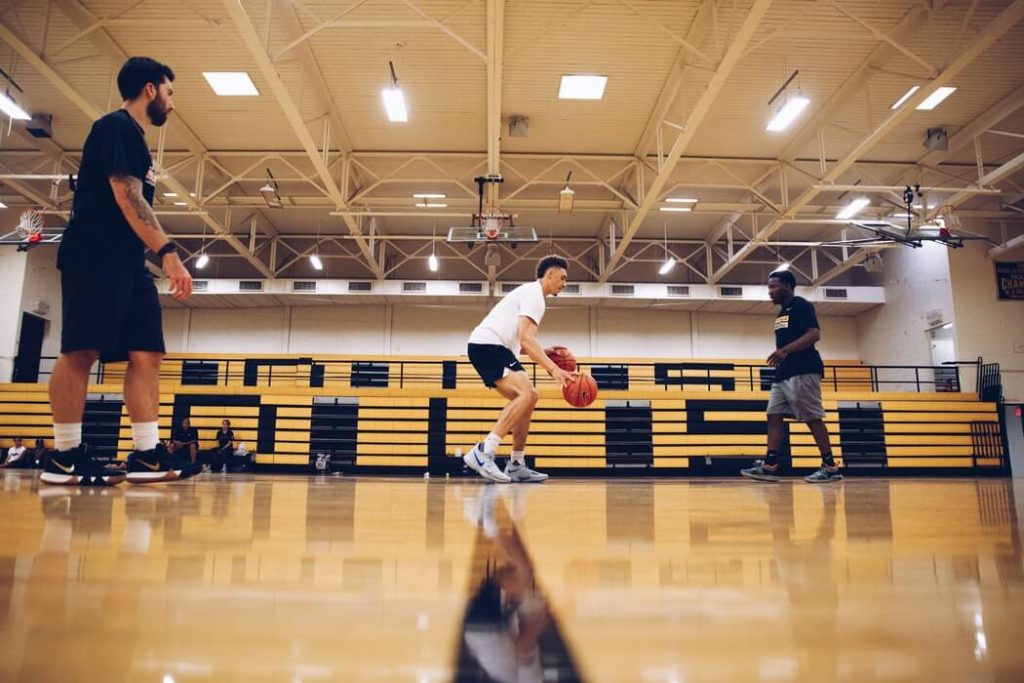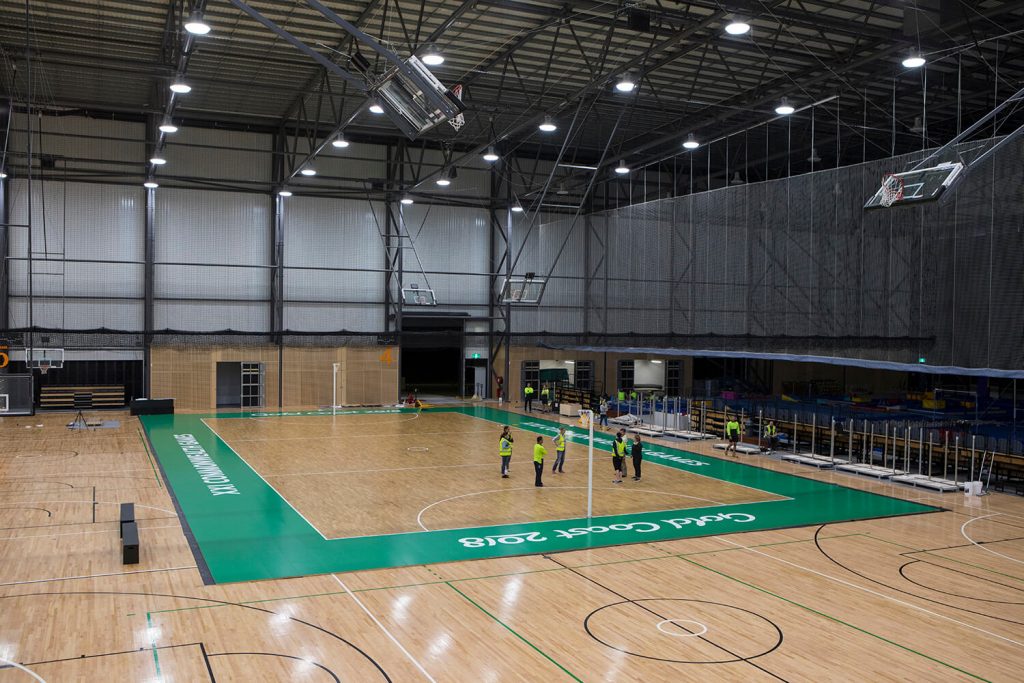
There is nothing better than sports – it has the ability to unite people from all cultures and all layers of society. Sport is a vital part of many cultures whether it is outdoor sports or indoor sports. One thing is for sure though; the facilities have to be in order for everyone to perform their best and to increase safeness. A significant part of indoor sports facilities is the floor – no one should ever neglect the importance of proper indoor sports flooring. However, it can be a little tricky to figure out what is the best type of indoor sports flooring. And what should you look out for when you consider purchasing a sports floor: Durability, friction, ball bounce or all three?

Need to Know About Indoor Sports Floors
Floor Safety and performance are very important and there are some standards you can look at to become a little wiser. However, you should always contrast the standards with the type of sport intended for the flooring as they are only rough guidelines.
For instance, a high rebound rate when it comes to ball bounce is not necessary if you are looking for indoor sports flooring for gymnasts. Instead, it is very important when doing sports such as basket as great ball bounce can increase the pace of the game and control over the ball. When considering indoor sports flooring, you should look at the following:
Friction: Friction relates to the surface of the floor – how smooth or rough it is. The ideal friction rating is between 80 and 110. If it goes below 80, the floor can be too smooth and over 110 it is too rough. The friction rating necessary depends on the sport in question.
Rolling load: The rolling load is important to keep in mind as it says something about the weight it can withstand being rolled over the floor. This is particularly important if the sports flooring is intended for multiple purposes where it can be exposed to everything from heavy musical equipment to retractable seats.

Ball bounce: Ball bounce, as previously mentioned, is the ball’s ability to bounce back. It is measured in percentages and compared to ball bounce measured on a regular concrete floor.
Shock absorption: Shock absorption is the floor’s ability to absorb shock. It minimizes injuries and is determined by measuring the impact energy in percentages absorbed by the floor when landing after a jump.
Final words
Vertical deformation: Shock absorption relies on vertical deformation as it is the floor’s ability to flex when exposed to a high impact.
Keep Reading:

